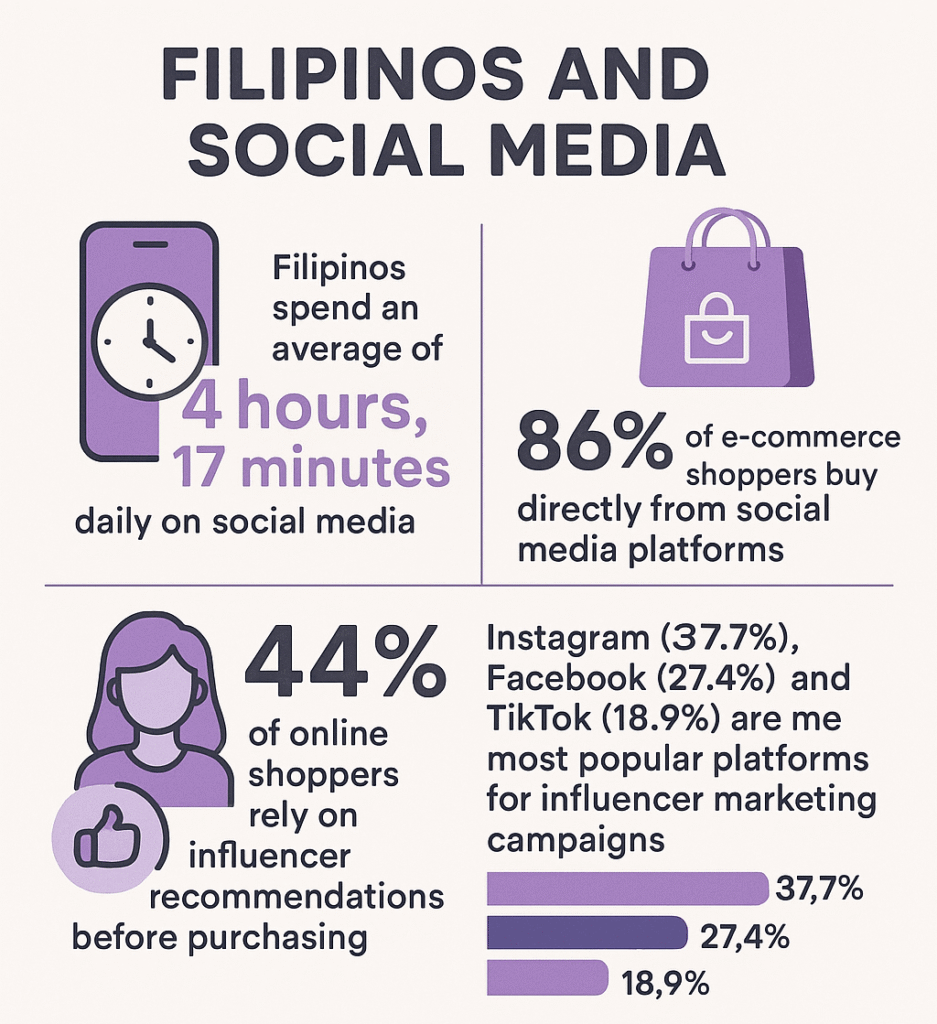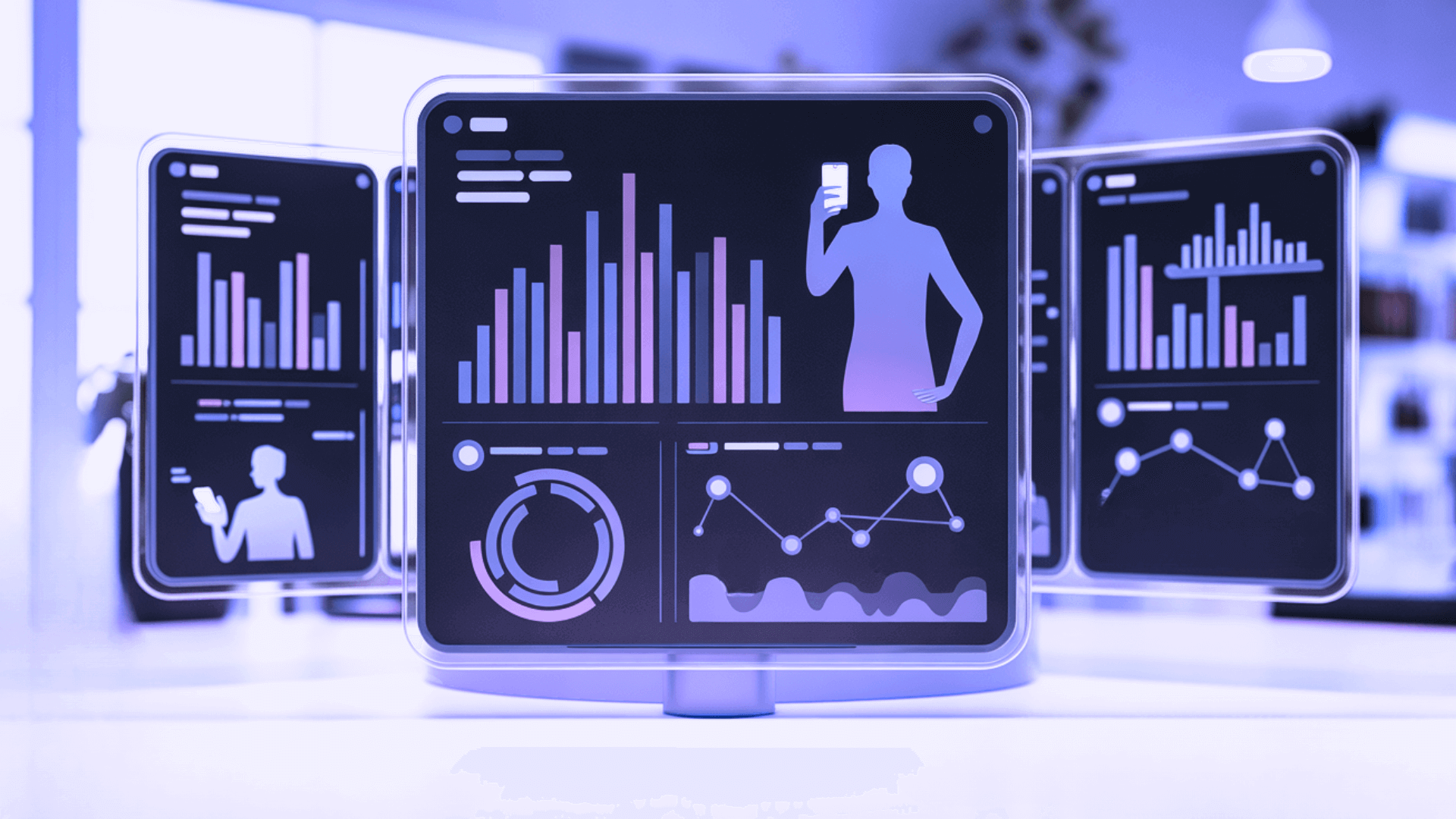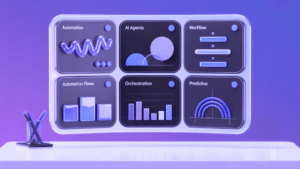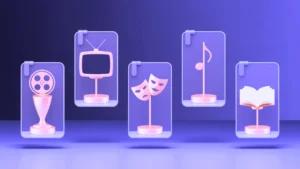How the Creator Economy is Changing PR & Branding
Here’s a revealing trend: 70% of Filipino consumers have made purchases based directly on an influencer’s recommendation, and brands are responding by shifting their budgets toward creators with fewer than 100,000 followers. This represents more than just a trend, it’s a fundamental transformation in how brands connect with audiences in the Philippines.
With Filipino audiences spending more time than ever engaging with content creators– partnerships with micro and nano-influencers are essential for brands looking to stay relevant.
The Creator Economy: Global Landscape and Philippine Context
The creator economy’s explosive growth from $250 billion globally in 2024 to a projected almost $500 billion by 2027 translates to real business impact for Philippine brands. With 78% of Filipinos active on social media and spending over 4 hours daily on these platforms, micro and nano-creators are driving actual sales. These smaller creators generate higher engagement rates and authentic connections that convert browsers into buyers, making them cost-effective.
The Micro-Revolution: Why Philippine Brands are Shifting to Smaller Creators
The most dramatic shift in the Philippine creator economy is the pivot from celebrity endorsers to micro and nano influencers. In 2025, brands are deliberately targeting creators with smaller but more engaged followings.
Defining the New Creator Hierarchy
The creator ecosystem in the Philippines now operates in distinct tiers:
- Nano-influencers: Creators with 500-10,000 followers, focused on highly specific niches
- Micro-influencers: Creators with 10,000-100,000 followers, balancing reach with engagement
- Macro-influencers: Creators with 100,000+ followers, offering broader reach
- Celebrity influencers: Established personalities with massive followings
What makes this hierarchy significant is where brands are putting their budget. As of 2025, the majority of influencer partnerships in the Philippines now go to creators with under 100,000 followers, especially micro- and nano-influencers.
The Philippines has a thriving micro-influencer ecosystem, with over 15,625 Filipino Instagram influencers having up to 500,000 followers. These creators maintain particularly strong connections with their audiences, with 86% of Filipino social media users following at least one influencer, and 70% having made purchases based on influencer recommendations.
Why Smaller Creators Generate Bigger Sales
The rise of micro and nano-influencers reflects a larger shift toward authenticity and community-led storytelling. Filipino consumers are increasingly gravitating toward unfiltered, relatable content that mirrors their everyday lives.
“Big social media platforms are becoming less personal, focusing more on ads and algorithms than real connections. In response, new platforms are shifting their focus to building stronger and more meaningful communities,” The Branding Journal’s 2025 trends report.
Filipino audiences prefer chat-style reviews over scripted endorsements, while 58% of Filipino creators say staying true to their personal style matters just as much as brand alignment. Take NBA Philippines: instead of pushing standard global basketball content, they empowered local creators and influencers to showcase how basketball culture naturally fits into Filipino lifestyle and community values.
The Filipino Digital Consumer Profile
Filipino creators and brands maintain distinct platform preferences, with Instagram, Facebook, and TikTok emerging as the dominant channels for influencer marketing campaigns. These preferences reflect both global trends and local consumption habits unique to the Philippine market.
Understanding the Filipino digital consumer is crucial for effective creator partnerships:

The impact of these platforms extends beyond mere visibility and can drive real consumer action. Research shows that 86% of Filipino social media users follow at least one influencer, and notably, 70% have made a purchase based on an influencer’s recommendation.
It highlights how much influence creators now hold over purchasing behavior in the Philippine market and why creator partnerships have become indispensable for brands in targeting Filipino consumers. Social media isn’t just a marketing channel-it’s where purchase decisions are being made.
Why Brand Monitoring Matters in the Creator Economy
Brand monitoring involves systematically tracking mentions and conversations about your brand across various channels. For brands navigating the creator economy, this process is crucial for three key reasons:
- Reputation is perception: With real-time dashboards, you’ll know how your brand is being talked about publicly online by creators and consumers—whether it’s praise, critique, or a brewing issue across accessible social media profiles and platforms.
- Speed is survival: In the Philippines’ fast-paced digital landscape, issues can escalate unpredictably. Media monitoring lets you jump in before things spiral.
- Sentiment = signal: Sentiment analysis shows how people feel about your brand, not just what they say. That’s key for brand trust.
Final Takeaway: The Future of PR and Branding is Creator-Driven
In the Philippines’ fast-moving, socially connected market, media monitoring is the bridge between what creators say about your brand and how consumers respond.
It protects your reputation, unlocks audience insights, and empowers you to connect with both creators and consumers in a more authentic, data-driven way.
The most successful brands in 2025 understand that in the Philippine context, cultural relevance and authentic communication often matter more than production values or follower counts. By monitoring these nuances effectively, you can build meaningful connections with Filipino consumers through the right creator partnerships. Media Meter helps you monitor brand mentions, analyze sentiment, and stay ahead of the conversation. Contact us today and view our sample reports.





